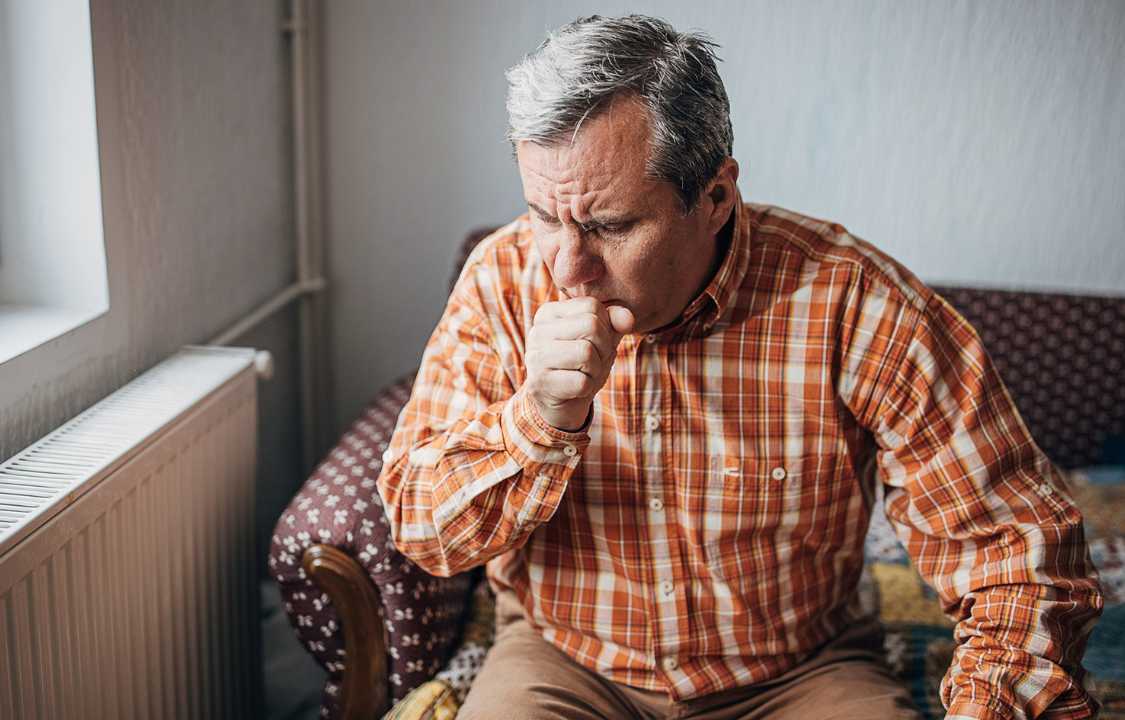Health Care, Insight, Symptoms
Could You Have Walking Pneumonia? Here’s How to Tell
Hint: You may not even feel that bad.
Walking pneumonia, also known as atypical or mycoplasma pneumonia, is a less severe form of pneumonia that, true to its name, doesn’t knock you off your feet or confine you to the hospital or bed. It’s characterized by milder symptoms that allow individuals to continue with their daily routines, including work and school, without realizing the severity of their condition. In this extensive overview, we will delve into the various aspects of walking pneumonia, including its causes, symptoms, diagnosis, treatment, and prevention strategies.
Understanding Walking Pneumonia
Walking pneumonia is a unique variant of pneumonia that often goes unnoticed by those who have it. Many individuals with this condition don’t even realize they are sick. Those who do suspect an illness may not immediately connect it to pneumonia, as the term “pneumonia” typically conjures images of severe respiratory distress and hospitalization. Unlike its more formidable counterparts, walking pneumonia presents with less pronounced symptoms that can be mistaken for other respiratory conditions, such as bronchitis, the flu, or the common cold.
One key feature that distinguishes walking pneumonia from its more severe forms is its propensity to emerge during late summer and early fall, as explained by Dr. Cedric “Jamie” Rutland, MD, a spokesperson for the American Lung Association. This timing contrasts with other respiratory illnesses, which often peak during periods when individuals are gathered indoors, facilitating the spread of infections. Furthermore, walking pneumonia has a higher incidence among children, who can transmit the infection to family members during school-based outbreaks.
Causes and Risk Factors
Walking pneumonia can be attributed to either viral or bacterial agents, with the most common culprit being a tiny bacterium called Mycoplasma pneumoniae. This bacterium is prevalent and can infect individuals under 40 years old, as well as the elderly, especially those living in crowded conditions.
Moreover, pneumonia, in any form, is highly transmissible through coughing and sneezing. Bacterial pneumonia can occur independently or develop following a viral cold or flu. Individuals at greater risk for bacterial pneumonia include those recovering from surgery, individuals with preexisting respiratory conditions or viral infections, and those with weakened immune systems.
Signs and Symptoms
The hallmark symptom of pneumonia, regardless of its type, is often a persistent cough accompanied by the production of mucus and saliva, known as sputum. However, it’s important to note that a cough with yellow, green, brown, or bloody sputum is not always a definitive sign of pneumonia. This cough may persist for several weeks, even after the infection itself has cleared.
Fever is another significant indicator of pneumonia, particularly when the temperature exceeds 100 or 101 degrees Fahrenheit. Nevertheless, some individuals with pneumonia may not develop a fever at all, and it’s worth mentioning that the flu can also present with fever. Additional symptoms of walking pneumonia may include chills, pain when coughing or breathing deeply, headache, sore throat, fatigue, loss of appetite, and shortness of breath. In particular, shortness of breath should prompt immediate evaluation by a medical professional.
Diagnosis
Walking pneumonia symptoms typically manifest one to four weeks after infection, and in some cases, symptoms like coughing can persist for weeks to months, sometimes even longer. Due to the mild nature of the symptoms, infections caused by Mycoplasma pneumoniae can often go underdiagnosed.
Diagnosing walking pneumonia usually involves a physical examination and may include chest X-rays. Additional tests such as blood tests and sputum cultures may be necessary to confirm the causative bacteria.
Walking Pneumonia Treatment
When a diagnosis of walking pneumonia is confirmed, treatment typically involves antibiotics. Early administration of antibiotics can accelerate recovery. In addition to medication, rest and adequate fluid intake are essential for patient comfort and recovery. Over-the-counter antihistamines can help with nasal congestion, while cough medications and nonsteroidal anti-inflammatory drugs can alleviate pain and discomfort. However, it is crucial to consult a healthcare provider before administering any medications to children.
When to Seek Medical Attention
If symptoms worsen instead of improving, or if a lingering cough persists, it is advisable to consult a healthcare provider. This is especially important for individuals above the age of 60 or 65, as pneumonia can progress rapidly in this age group. Symptoms such as shortness of breath, dizziness upon standing, or excessive coughing to the point of being unable to speak should prompt immediate medical attention.
While walking pneumonia is typically not life-threatening, it can occasionally lead to complications such as meningitis (inflammation of the brain’s lining) or encephalitis (inflammation of the brain tissue).
Prevention Strategies
Walking pneumonia is primarily transmitted through respiratory droplets released when an infected person coughs or sneezes. To reduce the risk of infection, consider the following preventive measures:
1. Get Vaccinated: Annual flu vaccination and COVID-19 vaccination can significantly reduce the risk of respiratory infections, which can lead to pneumonia.
2. Exercise and Maintain a Healthy Diet: A well-balanced diet, regular exercise, and adequate sleep can enhance overall health and immune function.
3. Hand Hygiene: Frequent and thorough handwashing with warm, soapy water can help prevent the spread of germs.
4. Avoid Smoking: Smoking weakens the respiratory system and increases susceptibility to respiratory infections.
5. Respiratory Etiquette: Cover your mouth and nose when coughing or sneezing to prevent the release of infectious respiratory droplets. Avoid sharing cups, toothbrushes, and utensils to prevent the spread of germs to others.
In conclusion, walking pneumonia, while presenting with mild symptoms, is a noteworthy illness that can be easily mistaken for other respiratory conditions. Prompt diagnosis and appropriate treatment are essential for a swift recovery. Practicing good hygiene, maintaining overall health, and following preventive measures such as vaccination can help reduce the risk of walking pneumonia. If diagnosed with this condition, it is advisable to prioritize rest and self-care to facilitate a quicker return to optimal health, while also preventing the spread of infection to others.

